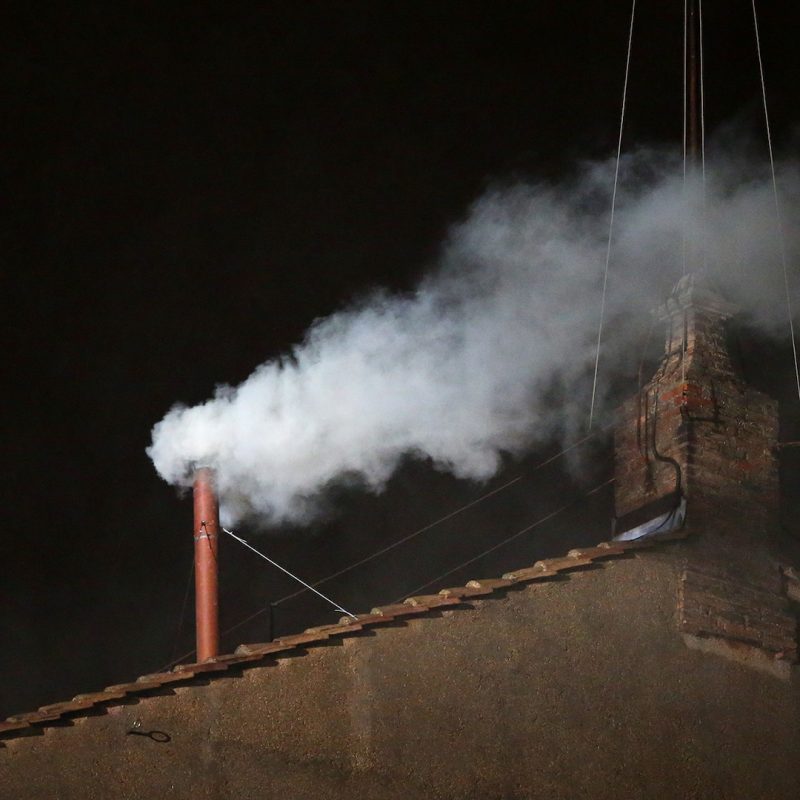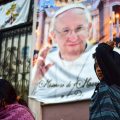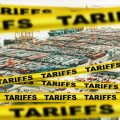
Following the passing of Pope Francis, the Catholic Church prepares for a Conclave, the process of electing his successor. This intricate ritual, steeped in centuries of tradition, has captivated the world’s attention. But what exactly happens behind the closed doors of the Sistine Chapel? Let’s delve into the details.
The College of Cardinals, the highest-ranking Catholic bishops globally, convenes in the Vatican. These cardinals, hand-picked by the previous pope, are the ones who elect the new pontiff. Only those under 80 years old are eligible to vote, a group known as the ‘cardinal electors.’ Before participating, they take a solemn oath of secrecy, ensuring the sanctity of the proceedings.
The process is surprisingly similar to what’s depicted in the Oscar-winning film *Conclave*, though naturally, the cinematic version adds a touch of dramatic flair. The cardinals sequester themselves in the Sistine Chapel, engaging in deliberations and casting secret ballots. During each round of voting, smoke billows from the chapel’s chimney. Black smoke indicates an inconclusive vote; white smoke signifies the election of a new pope.
The voting continues until a candidate secures at least two-thirds of the votes. While Pope Francis’ election took roughly 28 hours, historical conclaves have lasted significantly longer—the longest stretching an astonishing 34 months. Once the white smoke appears, the newly elected pope emerges to address the world.
Pope Francis’ papacy, which began in 2013 following the resignation of Pope Benedict XVI, marked a notable shift for the Catholic Church. He embraced digital communication, even writing an op-ed for the *New York Times*, and expressed progressive views on various social issues. His death marks the beginning of a new chapter, a time for reflection and the selection of a leader to guide the Church into the future.
Beyond the drama of the Conclave itself, the life and legacy of Pope Francis are worth considering. His tenure was characterized by both a steadfast adherence to traditional Catholic doctrine and a willingness to engage in open dialogue on contemporary issues. His progressive stances, while revolutionary for some, sparked both celebration and controversy within the Church.
The upcoming Conclave is a historic event. Understanding the process, from the selection of cardinals to the significance of the colored smoke, allows us to appreciate the solemnity and weight of this pivotal moment in the Catholic world. The world waits with bated breath to see who will be chosen to lead the Catholic Church into the next era.










